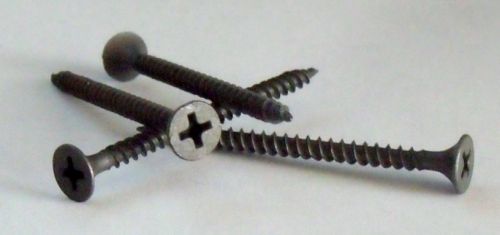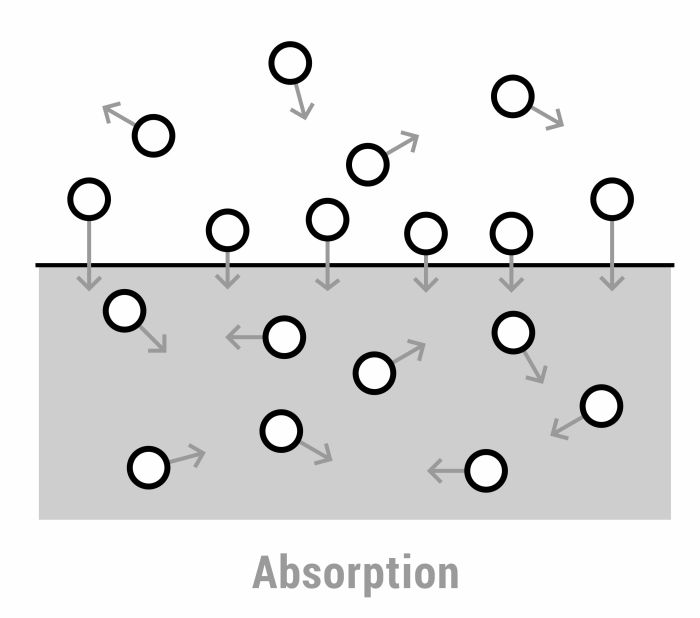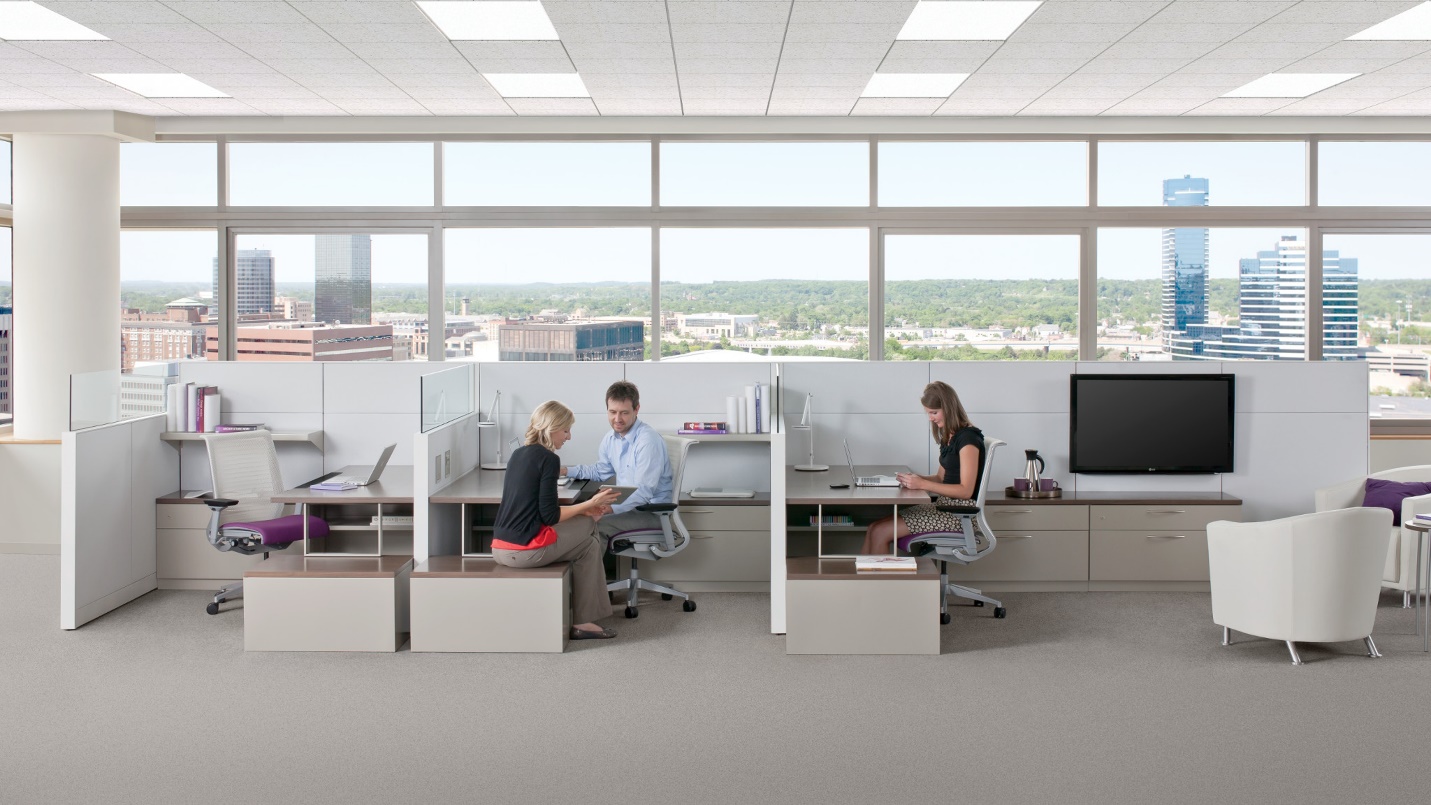Hospitals are filled with noise; noise from patients and visitors, doctors and nurses, technologies and machines. The list goes on as to what creates noise in a hospital environment, but the ‘one-size-fits-all’ design does not take into account how these noises affect patients as well as staff. Furthermore, doctors are often prescribing plenty of rest […]
Author Archives: Acoustics Expert
Commercial Acoustics hosted a Happy Hour at Coppertail Brewery to commemorate the 1-year anniversary of our newest soundproofing division, and to highlight a number of successes over the past 12 months, including: Closed Funding: We closed a growth equity round with Baldwin Beach Capital which has allowed us to expand into new markets in numerous […]
Commercial Acoustics recently encountered a project where a commercial tenant was having issues with sound transmission from a tenant next door. The primary tenant was an automotive parts distributor, while the adjacent tenant taught karate classes. The “shrieks” from the kid’s classes came straight through the 2×4 stud walls, and were becoming a bigger issue […]
I approach this article with caution, due to the vast amount of misinformation and confusion between the concepts of absorption and sound-blocking. At Commercial Acoustics, we begin each of our architectural courses with a strong distinction between these pillars of the acoustical world, and even with our architect clients, there is typically still 1-2 attendees […]
Resilient Channels, sometimes abbreviated as RC or Z Channel, are some of the most common components installed on projects requiring additional soundproofing (higher STC ratings). While they provide a significant improvement in decoupling the structure-borne noise in walls, they should not be seen as a panacea for all noise issues. Over the past 20 years, […]
At Commercial Acoustics, we approach every new absorption project with the same mindset – determine how much absorption is needed, then provide it in a cost-effective and timely manner. There are a few characteristics that typically demand some type of acoustic treatments – high vaulted ceilings, smooth walls, and no plush materials such as carpets […]
Below you will find a list of commonly-accepted Absorption Coefficients that we use to measure how “absorptive” each surface is when calculating reverberation time. Absorption coefficients are an average of how absorptive each product is at numerous frequencies, often-times specifically at 500 Hz, 1000 Hz, and 2000 Hz. Generally speaking, soft, porous materials will be […]
Similar to wall soundproofing the sound traveling through floors is dependent on structure-borne and airborne noise. These two transmission mechanisms should be addressed in tandem to ensure that the maximum amount of noise transfer is attenuated. Unlike walls, flooring is often-times a major contributor for structure-borne noise, due to the constant footfall or impact imparted […]
The majority of offices have adopted the concept of cubicles, which are partially encircled workspaces that are separated from neighboring ones by partitions. Initially, their purpose was to isolate employees from sights and noises of an open workspace. Later, they started promoting interactions among employees. Even though the idea behind this architectural structure sounds great, […]
Acoustic Absorption Meaning Acoustic Absorption is one of the primary principles of Sound Theory. As sound is created, it naturally propagates away from its source in a process known as diffusion. As the sound energy travels away in a hemispherical shape, it hits walls or obstructions along the way. As this occurs, the sound is […]









